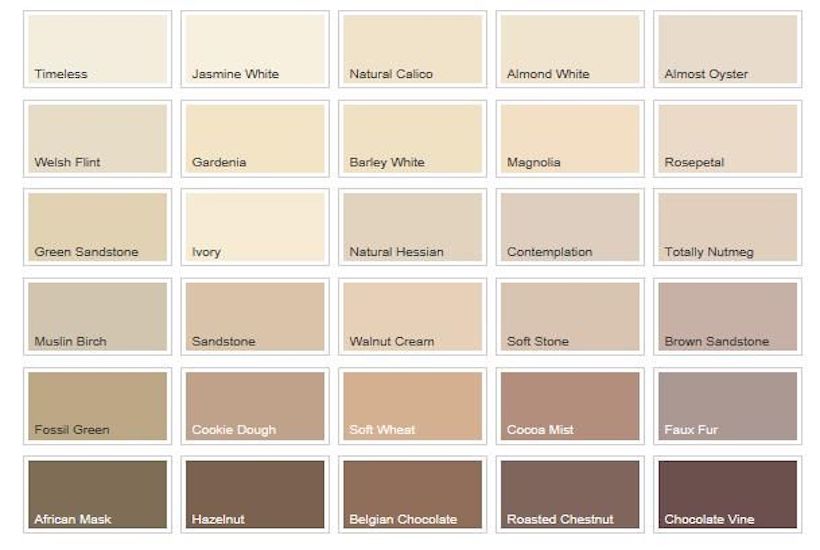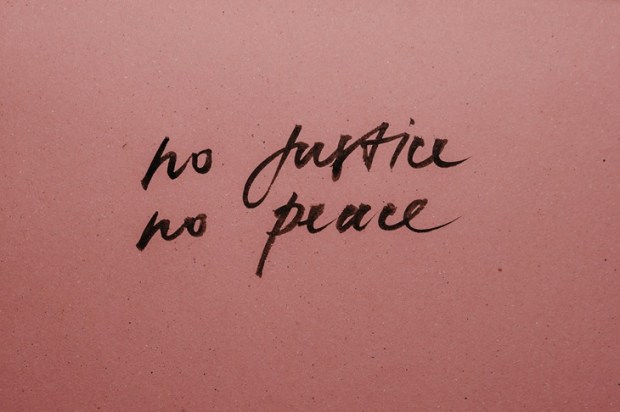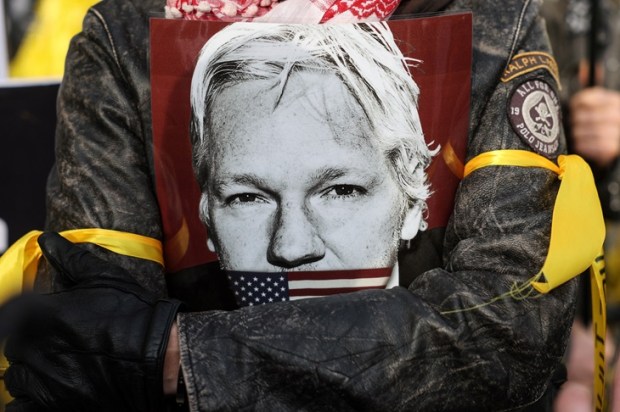How are we to reconcile the fact that white supremacists are increasingly ethnically diverse?
This oxymoronic conundrum has recently been confusing Cristina Beltrán. Obviously, Donald Trump is racist, and supporting him is a racist thing to do, and the protest-riot-insurrection-domestic terrorism that occurred last week was totally racist. And yet, as she wrote in the Washington Post:
The Trump administration’s anti-immigration, anti-civil rights stance has made it easy to classify the president’s loyalists as a homogenous mob of white nationalists.
Already a subscriber? Log in
Subscribe for just $2 a week
Try a month of The Spectator Australia absolutely free and without commitment. Not only that but – if you choose to continue – you’ll pay just $2 a week for your first year.
- Unlimited access to spectator.com.au and app
- The weekly edition on the Spectator Australia app
- Spectator podcasts and newsletters
- Full access to spectator.co.uk


























Comments
Don't miss out
Join the conversation with other Spectator Australia readers. Subscribe to leave a comment.
SUBSCRIBEAlready a subscriber? Log in